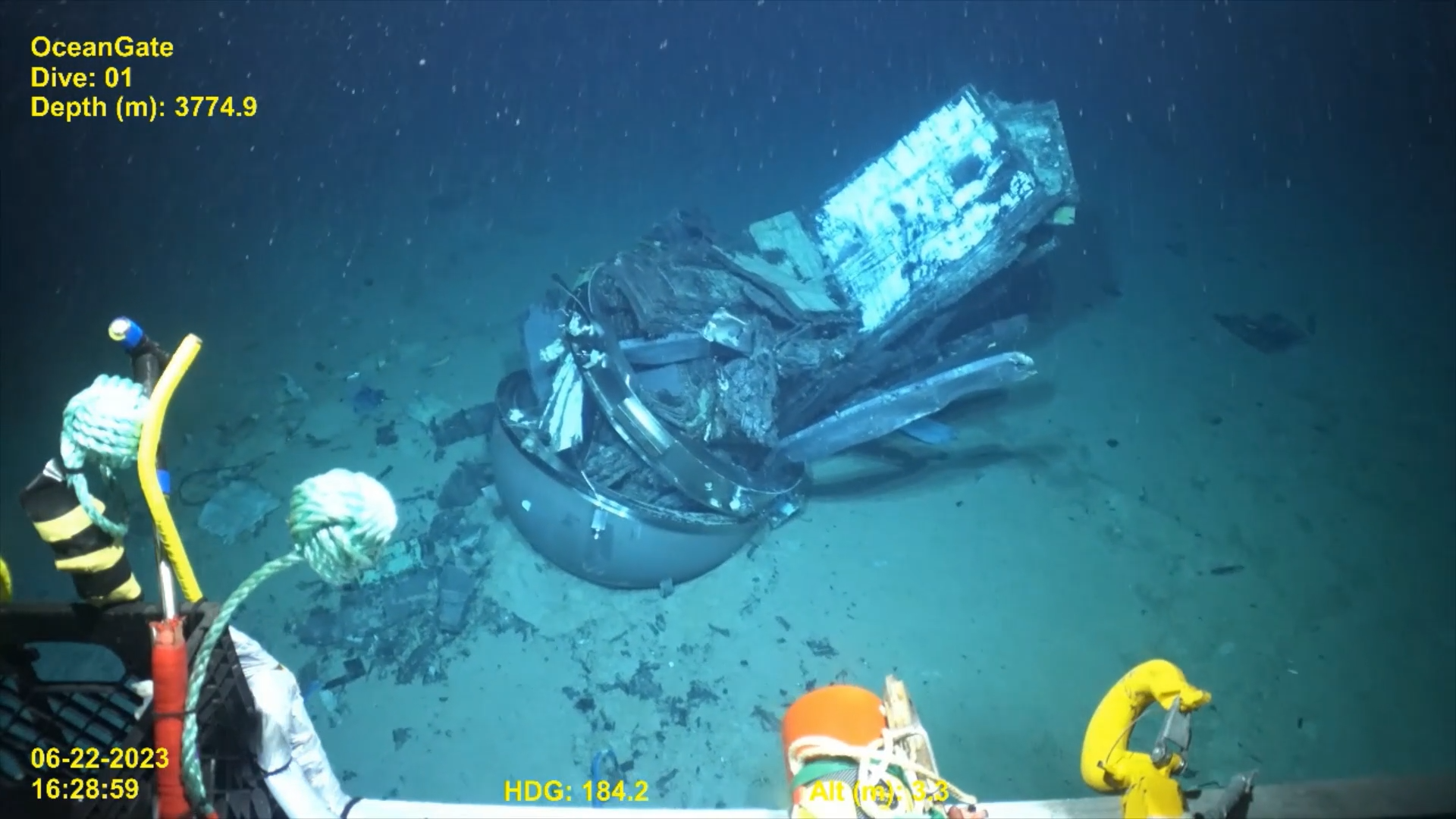Final report highlights safety failures and poor design choices
Two years after the fatal implosion of the Titan submersible during a dive to the Titanic wreck, the U.S. Coast Guard has released its final report, concluding that the incident was preventable. The tragedy, which occurred off the coast of Newfoundland, Canada, resulted in the deaths of all five people on board.
Technical flaws and lack of oversight
The 300-page report details multiple issues in the construction and operation of the vessel. Notably, the submersible’s hull was constructed using carbon fiber, a material less robust than the steel alloys typically used in deep-sea vessels. Investigators also noted the absence of formal certification, routine maintenance, and essential inspections.
The report further addresses internal issues within the operating company, citing a work environment that prioritized commercial success over operational safety.
Leadership decisions and ignored warnings
Stockton Rush, CEO of OceanGate and pilot of the Titan, is identified in the report as having disregarded safety warnings. Rush perished in the implosion along with four passengers.
Former employees testified that they had raised concerns about the safety and design of the Titan years before the incident. One engineer claimed he was dismissed after sharing his concerns. Testimony also revealed earlier incidents, including balance system malfunctions and audible cracking sounds from the sub’s hull during prior dives.
Safety recommendations and industry implications
As part of the report, the Coast Guard has issued recommendations aimed at improving regulatory oversight within the submersible industry. These findings will now be reviewed by the Coast Guard commandant to determine future actions. OceanGate has since ceased operations and stated it has cooperated with the investigation.







